100 years ago today, George Gershwin’s Rhapsody in Blue, a mix of classical music with modern effects written for piano and jazz band, premiered in New York City. The 26-year-old Gershwin composed the 9-minute piece on a train ride to Boston—and it became one of the most popular and well-known of all American concert works. READ his own words describing the composition… (1924)
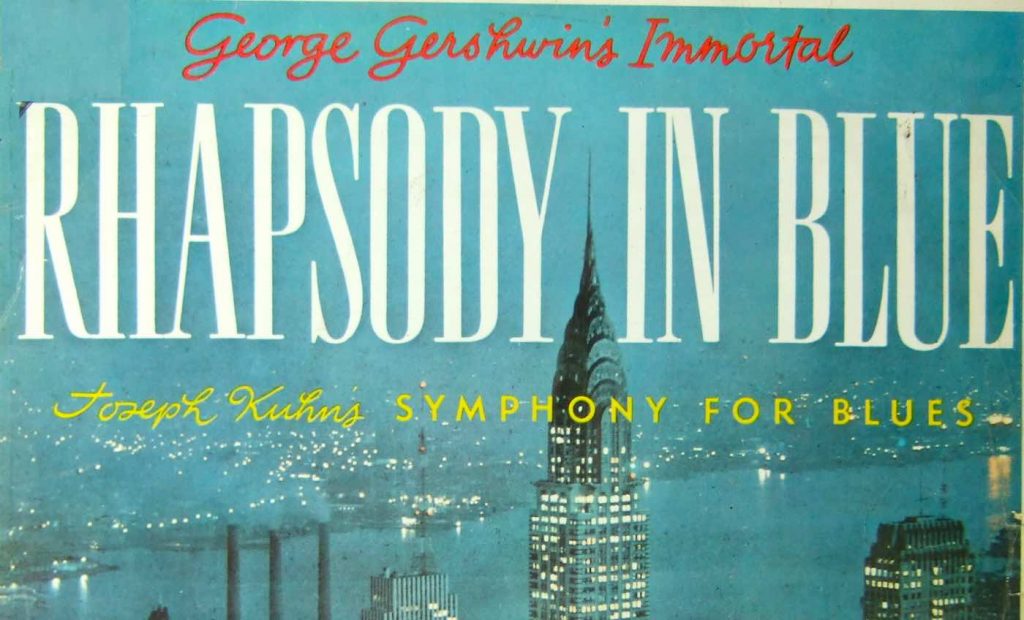
“It was on the train, with its steely rhythms, its rattle-ty bang, that is so often so stimulating to a composer – I frequently hear music in the very heart of the noise. … And there I suddenly heard, and even saw on paper – the complete construction of the rhapsody, from beginning to end… I heard it as a sort of musical kaleidoscope of America, of our vast melting pot, of our unduplicated national pep, of our metropolitan madness.”
The concert, entitled An Experiment in Modern Music, was commissioned by conductor Paul Whiteman, and many important and influential musicians attended—and witnessed Gershwin on piano—including Rachmaninoff, Stravinsky, Stokowski, and John Philip Sousa.
The ventilation system in the concert hall was broken and—late into the concert—people in the audience were losing their patience, until the clarinet glissando that opened Rhapsody in Blue was heard.
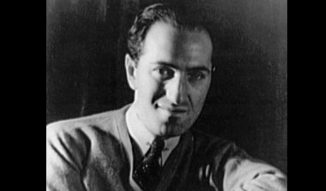
In 1955, the great composer Leonard Bernstein wrote: “The themes are terrific, inspired, God-given. I don’t think there has been such an inspired melodist on this earth since Tchaikovsky.” (1924)
WATCH the lush filmmaking and sounds in this 1945 clip of Rhapsody In Blue, starring Robert Alda (Alan Alda’s father) as Gershwin, with Paul Whiteman conducting his band. The biopic traces Gershwin’s rise to fame, from his first big hit “Swanee”, performed by Al Jolson, playing himself.
MORE Good News on this Date:
- First indoor ice rink in North America opened in Madison Square Garden (1879)
- The 16th president of the United States, Abraham Lincoln, was born (1809)
- Abraham Lincoln‘s birthday was declared a national holiday (1892)
- The National Association for the Advancement of Colored People—NAACP—was founded (1909)
- The first stone of the Lincoln Memorial is set into place in Washington, D.C. (1914)
- Construction on the Gateway Arch began in St. Louis (1963)
- Al Green topped the US singles chart for the only time with Let’s Stay Together, which was ranked by Rolling Stone magazine as the 60th greatest song of all time (1972)
- PBS aired A Celebration of Music from the Civil Rights Movement, a White House concert to honor Black History month—with Bob Dylan performing his anthem The Times They Are a-Changin’ for the first time in 30 years (2010)
And, on this day in 1809, Charles Darwin, the Father of evolutionary science whose 1859 book The Origin of Species introduced the concept of natural selection, was born. He learned the art of taxidermy from a freed black slave before studying at Christ’s College in Cambridge. While studying the adaptations of finches on a Galapagos island, he first observed the signs of evolution. (1809)
148 years ago today, the 13th Dalai Lama, Thubten Gyatso, was born. Recognized as the reincarnation of the Dalai Lama when he was just two, Gyatso was a seminal figure in Tibet’s 19th and 20th-century history. He streered his people through turbulent political environments while the last Chinese imperial dynasty, the Qing, collapsed and the British attempted to soft-invasion of his country. He proclaimed Tibetan independence shortly after the turn of the century.
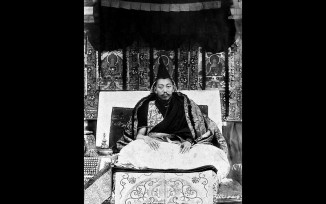
As one of the figureheads for Buddhism on Earth, he should have advanced the position of the faith throughout Asia, but Gyatso spent much of his life as a political reformer, establishing independent ties with Russia, Germany, the UK, India, and others, issued the first Tibetan bank notes, postage stamps, and standardizing the Tibetan flag.
Ultimately nation-state ambitions led to the downfall of the modern Tibetan kingdom, as they were reassumed by several Chinese national outfits, and earned the ire of the communists which would put an end to Gyatso’s ambitions a decade after his death. (1876)
207 years ago today, colonial Chile, having won the Battle of Chacabuco, declared its independence from Spain. Their deliverance came at the hands of an army of South American patriots from Chile, as well as from Argentina, who had won their own independence a year before. The Chilean Declaration of Independence was approved on the 1 year anniversary of the battle. The National holiday, or Independence Day of Chile, actually falls on the 18th of September, which remembers, of all things, when Napoleon deposed Ferdinand VII King of Spain, after which the colony was still dictated by a military junta.
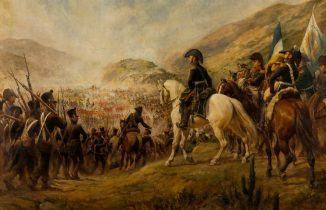
In 1814, Argentine general Jose de San Martin was beginning to consider the issue of driving the Spanish from all of South America, and not just Argentina. In the months leading up to the Battle of Chacabuco, and in shades of Hannibal’s crossing of the Alps, San Martin faced the rigors of the mountain passes in order to surprise the Chilean royalist army. Once inside the country, he and his lieutenant general Soler met up with the first head of state of Chile, a wealthy landowner of Spanish and Irish ancestry named Bernardo O’Higgins.
While the details of the battle are disputed under shrouds of patriotic pride, the premise is that San Martin sought to defeat the royalists at Chacabuco Ranch, their seat of power in Central Chile. Advancing quietly under cover of darkness, dawn saw the two armies drawn incredibly close together. During the battle, O’Higgins’ forces would repeatedly charge, but Soler’s attacks against the royalists’ flank never allowed them to muster a strong enough resistance to the Irish-Chilean. Together the three generals at the head of the “Army of the Andes,” outmaneuvered the royalists and defeated them, suffering only around 100 casualties. (1817)
Happy 86th Birthday to Judy Blume the writer of children’s books and young adult fiction.

Her titles, including Are You There God? It’s Me, Margaret, and Tales of a Fourth Grade Nothing, have sold over 82 million copies and been translated into 32 languages. Blume has been named a Living Legend by the Library of Congress for her appeal spanning several generations of adolescent readers. (1938)
154 years ago today, women gained the right to vote in the Utah Territory.
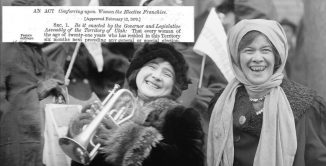
Two days later, Seraph Young became the first American woman to actually cast a ballot under equal suffrage laws. Decades before Utah was granted statehood, Ms. Young was joined that day by two dozen other Utah women over 21 who all participated in a municipal election. Susan B. Anthony and Elizabeth Cady Stanton leaders of the national Woman Suffrage movement visited Utah one year later to observe the nascent suffrage experiment. (1870)
Happy 68th Birthday to Arsenio Hall, the comedian, actor, who hosted The Arsenio Hall Show and Star Search. He’s also a writer and producer, and known for roles in films like Coming to America and Harlem Nights. In 2012, he won the season of Celebrity Apprentice.
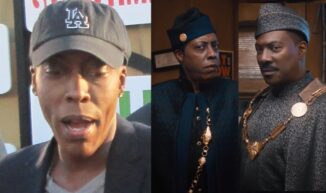
Next month, Arsenio and Eddie Murphy return in a sequel to Coming to America—33 years after the original—and the two actor pals look almost identical today. WATCH the trailer for Coming 2 America… (1956)
In the first film, Crown Prince Akeem (Eddie Murphy) left his home country of Zamunda in search of independence—and an American wife—with his friend Semmi (played by Arsenio, who also portrays the Reverend Brown, and Morris the barber. Most of the original cast appears in Coming 2 America, including James Earl Jones.
SHARE the Milestones, Memories, and Music…




















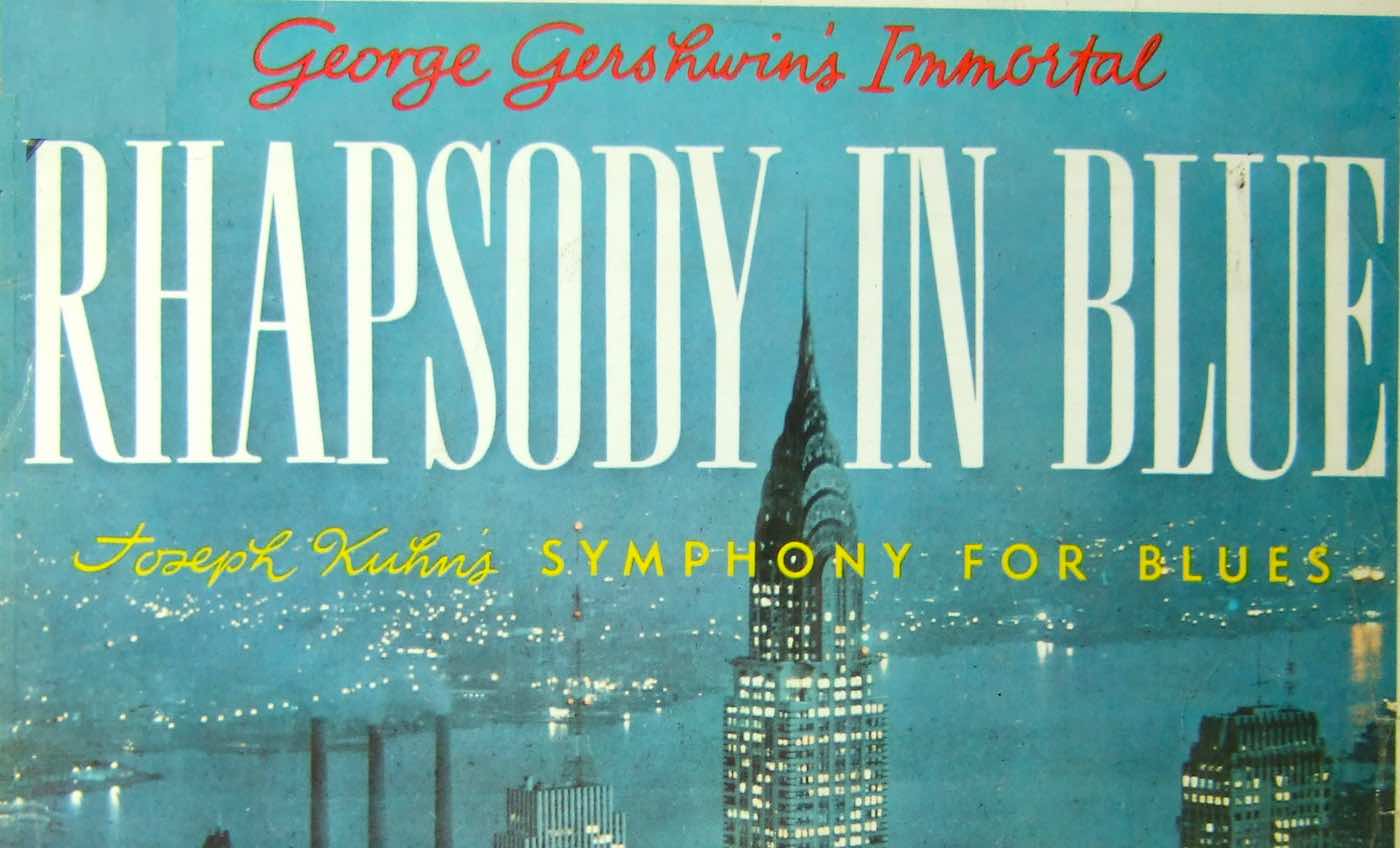
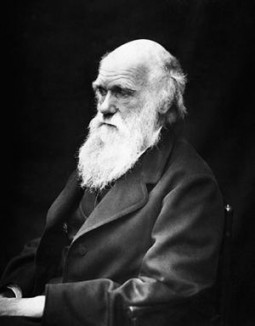
[…] post Good News in History, February 12 appeared first on Good News […]
[…] Curated from Good News in History, February 12 – Good News Network […]